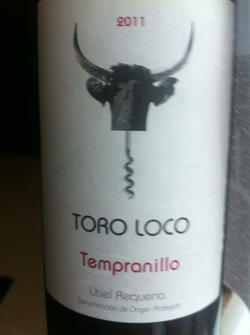
At just £3.69, I was skeptical. This means the wine in the bottle must either have cost pennies, or, Aldi are using it as a mega loss-leader. Then I looked at the facts. It's from Utiel Requena in Spain, a little known region near Valencia, and I've previously enjoyed wines from there on the rare occasions I've tracked them down. (Hint: If you see Sanfir Crianza on a menu, order it with your tapas, it goes down a treat). Toro Loco also gained a silver medal at the International Wine and Spirits Competition, a Commended at the Decanter World Wine Awards and a Commended at the International Wine Challenge. So, there were one or two things going for it.
But what finally clinched it for me was getting a bottle free from a friend. Myles (fittingly nicknamed Old Bull in dancing circles) was keen to challenge my wine snobbery and shared a newspaper article which declared it a world beater. My excuse for sticking to more sophisticated shopping habits was that I had no Aldi nearby so, lo and behold he turned up at a dance event with a bottle for me, leaving me with no choice but to give it a fair review. Have I said before how much I love my dancing friends and the fact they want to share in my winethusiam?
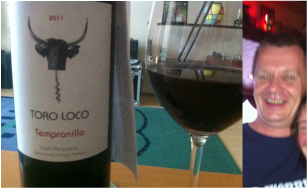 A glass of crazy bull and "the old bull" who have me the bottle...
A glass of crazy bull and "the old bull" who have me the bottle... 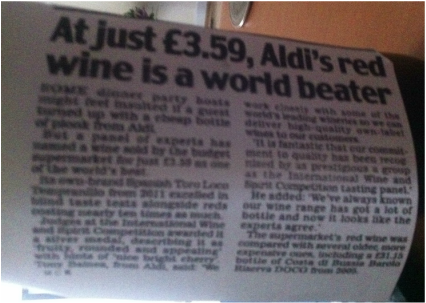 Myles tried to convince me with a newspaper article attached to the bottle
Myles tried to convince me with a newspaper article attached to the bottle Bryan declared it "quite nice" and has bought it several times.
Claire commented, "Good recommendation and it's been a *LONG* time since I paid under a fiver for a bottle of wine so it's great to have one recommended and for it to be worth recommending."
I took what was left from my bottle to a dance weekend the next day. It was open 2 days before we finished it. Both Karyn and Craig were impressed. I think Karyn's quote was "nectar". In fact, we opened a bottle of Rioja at over twice the price the next day and were somewhat disappointed by comparison. It all sounds like a Purple Teeth hit to me!
So if you haven't dared sample Aldi's own brand wines yet, perhaps it's time to give them a go. As my brother suggested, you can always carry it home in a Waitrose bag. And if anyone questions your taste, you can point them to this article which suggests that even the experts can't tell the difference consistently...
If you've got anything to say about this or another Aldi wine, feel free to post in the comments.
Next week's wine of the week will be a bit more expensive: Sainsbury's Alsace Gewurztraminer from the Taste the Difference range at £7.99. I hope you'll enjoy it as much as you did this one.
Cheers!

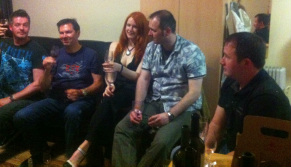
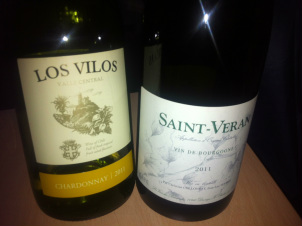
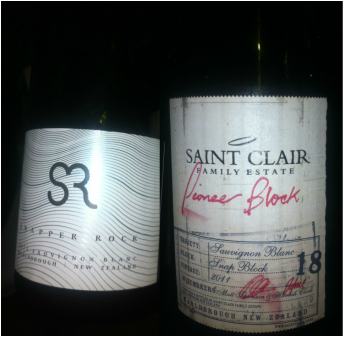
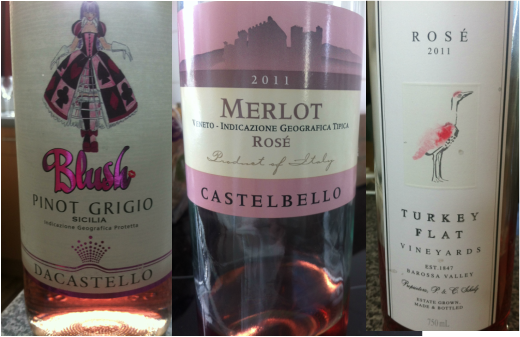


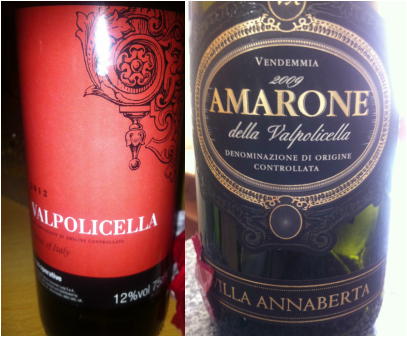
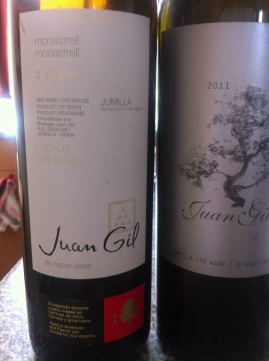
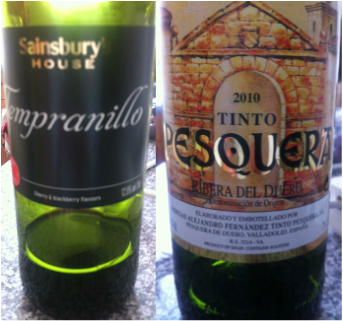
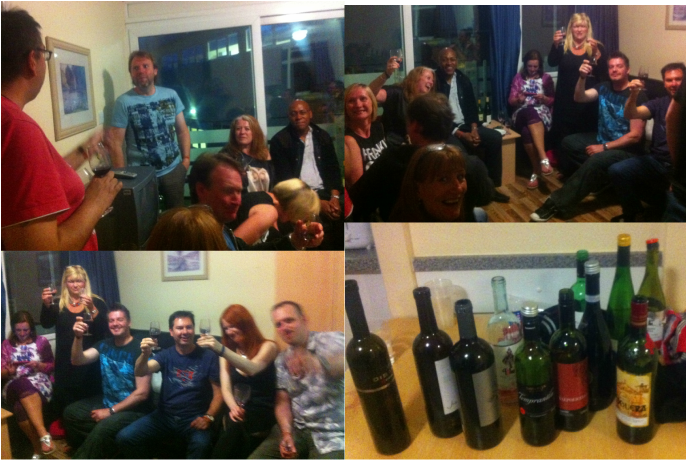
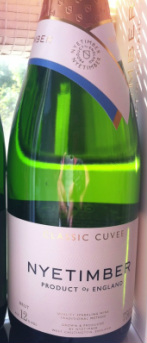

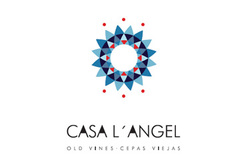
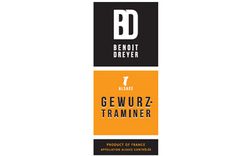
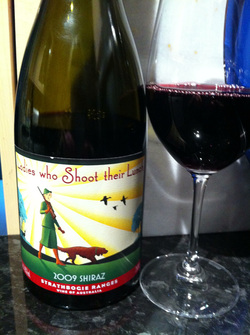

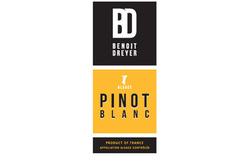

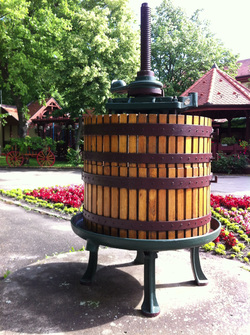
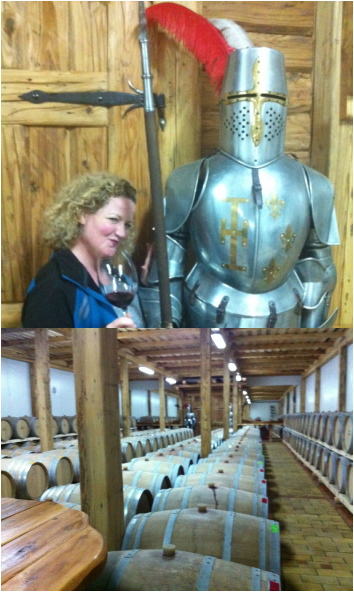


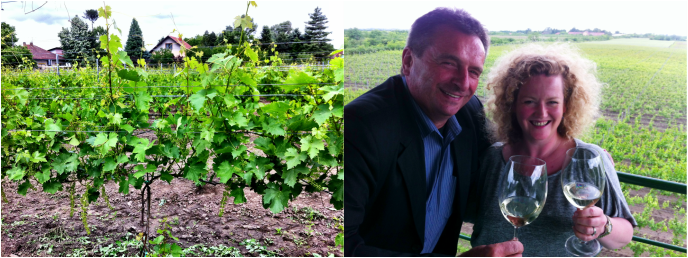
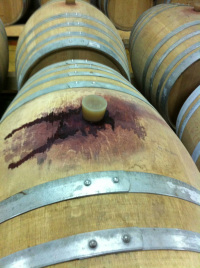
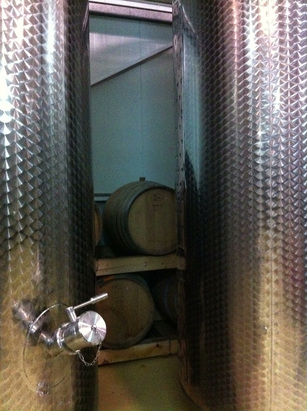

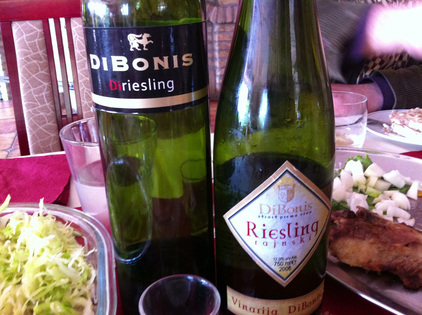

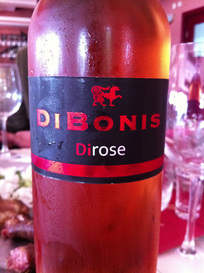
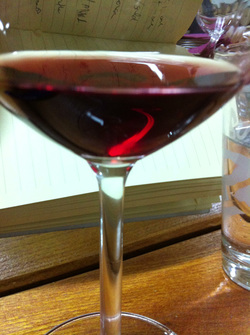



 RSS Feed
RSS Feed
